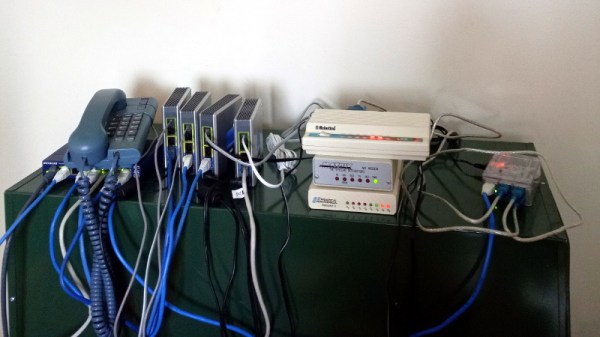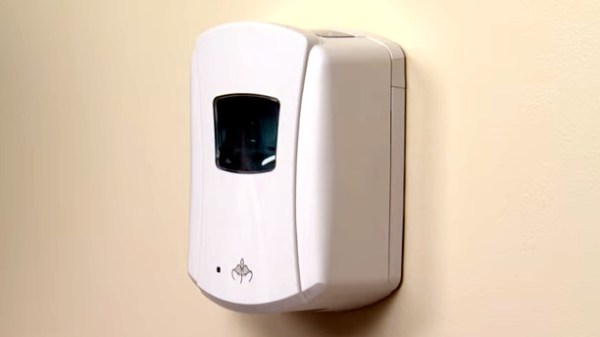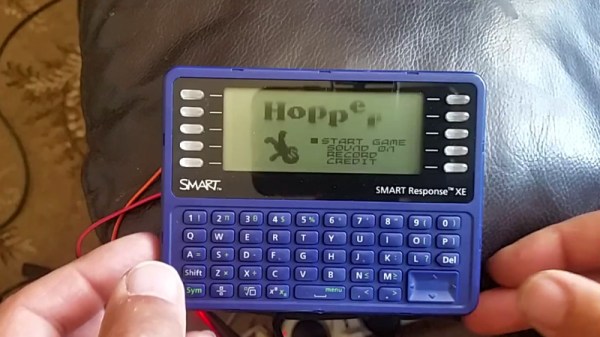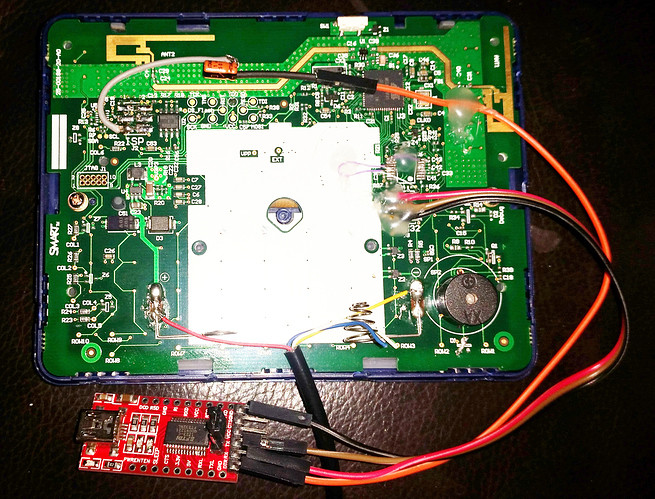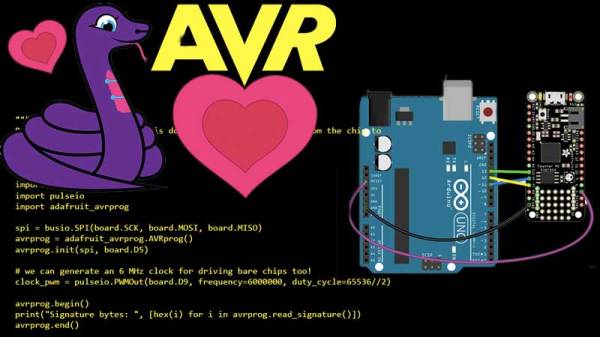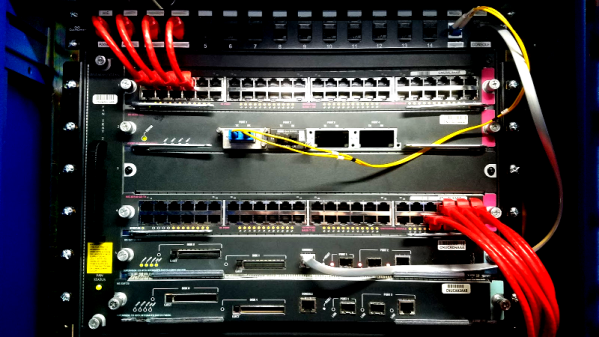When it was the only viable option, the screech and squeal of dial-up internet was an unwelcome headache to many. But now that its time has passed, it’s gained a certain nostalgia that endears it to the technophiles of today. [Doge Microsystems] is just one such person, who has gone all out to develop their very own dial-up ISP for multiple clients.
 The retro network is based on an earlier single-device experiment, with a Raspberry Pi 3B acting as the dial-up server. It’s hooked up to four modems, three of which are connected over USB-serial adapters implementing hardware flow control.
The retro network is based on an earlier single-device experiment, with a Raspberry Pi 3B acting as the dial-up server. It’s hooked up to four modems, three of which are connected over USB-serial adapters implementing hardware flow control.
Obviously, four analog phone lines are hard to come by in this day and age, so [Doge] uses Asterisk along with a series of Linksys SIP devices to create their own PBX network. Each modem gets a phone line, with four left over for clients to dial in.
To connect, users can either call a certain modem directly, or dial a special number which rings the whole pool. Thanks to mgetty, each modem is set up to answer on a different number of rings to allow the load to be shared. Once connected, a PPP daemon handles connecting the user to the Internet at large.
While it’s unlikely we’ll all be ringing [Doge]’s house to get our next YouTube fix, owning your own dial-up ISP is certainly an admirable feat. We’d love to see it deployed in the field sometime, perhaps at a hacker conference or Burning Man-type event. Of course, if you’ve got your own old-school network pumping data, be sure to let us know! Video after the break.
Continue reading “Build Your Own Dial-Up ISP – Now With Modem Pool!”

